An Archive of the Weak? The afraid of all lands unite
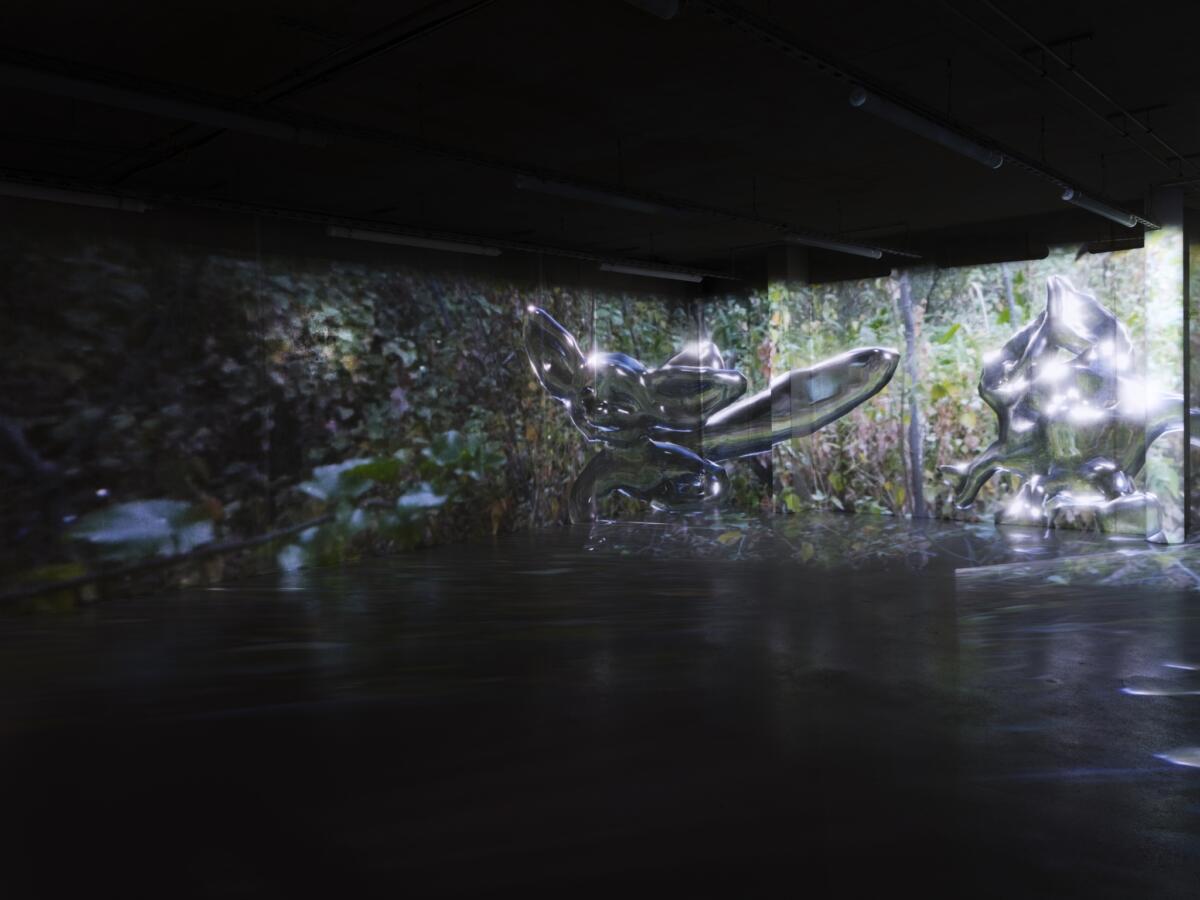
Wojciech Kosma conceives of “Bojące Wszystkich Krajów Łączmy się” as a three-directional exhibition: Jessica Zamora-Turner’s work explores the past, the BWKŁS Choir that Kosma organized engages the present, and Mania Łukaszewska’s video aims at the future. Jacques Derrida’s “Archive Fever” (1995) facilitates further reflection on this division of the exhibition’s labor. We might think of the whole project as a kind of archive, where the work with the past, present and future accumulate to build an archive: something always already directed towards the future. An archive is always a selection, creating one a confrontation with power and a discussion with the temporalities and practices of power structures. Bearing such Freudian impressions in mind might help grasping this project’s empowering sensitivity, as well as its entanglements with various controversies and alliances.
Zamora-Turner’s quilt sculpture is made of second-hand scraps of linen and other textiles dyed with natural pigment and meticulously sewn together. Stuffed with untreated sheep’s wool that conjures the aroma of the Polish countryside, the quilt’s style is inspired by that employed by the artist’s Chilean ancestors for centuries. Composed of disparate pieces, the quilt’s hybrid quality contains all the basic characteristics of mestis: a mixed color, origin and source. Mestisaje, as theorized by Chicana feminists Cherrie Moraga and Gloria Anzaldúa, provides a discourse affiliated with Jessica’s spiritually-charged intentions, while linking her work to Kosma and Mania Łukaszewska’s contributions. When Moraga conveys a heavy, embodied vision of the Catholic church in “Loving in the War Years” (1983), she signals a possible, yet unexpected connection between the (queer) body and the architecture of a shrine, as she writes, “I long to enter you, like a temple.” Her words allow the queer body of the BWKŁS choir to enter the sacred space of Jess Zamora-Turner’s quilt, all in connection with the queer futurity of Łukaszewska’s video installation.
While the notion of mestisaje has been challenged for flattening or oversimplifying a diversity of heritage and experience, in Anzaldúa and Moraga’s work it maintains a richly varied linguistic and embodied agency. It also remains closely connected to the conflicted and violent origins of the American continent, to the past and present abuse wrought by colonial and racist powers. Their mestisaje does not foreclose the agency of the oppressed in the form of resistance, as well as the multifaceted Chicana experience, language and culture. Zamora-Turner’s quilt symbolically preserves such multilayered dialectics, offering a vision of how painful stitches might construct a colorful tissue of diverse origins.
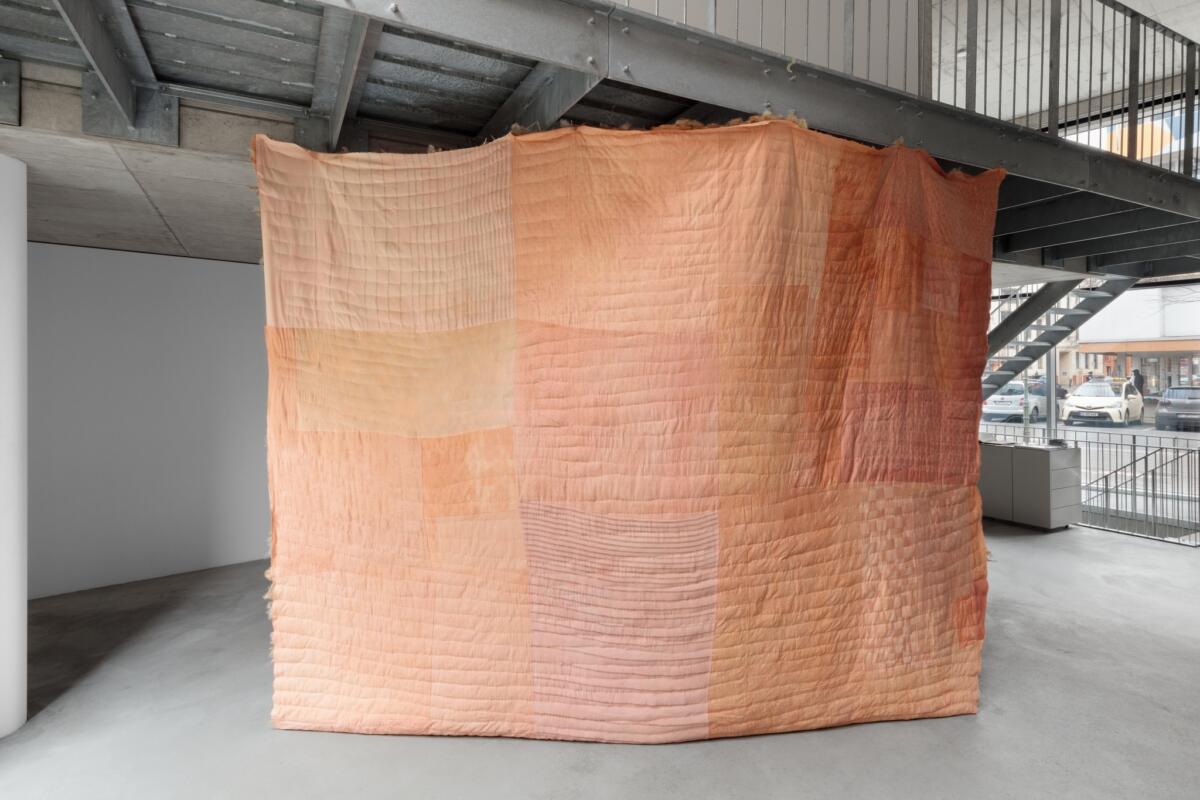

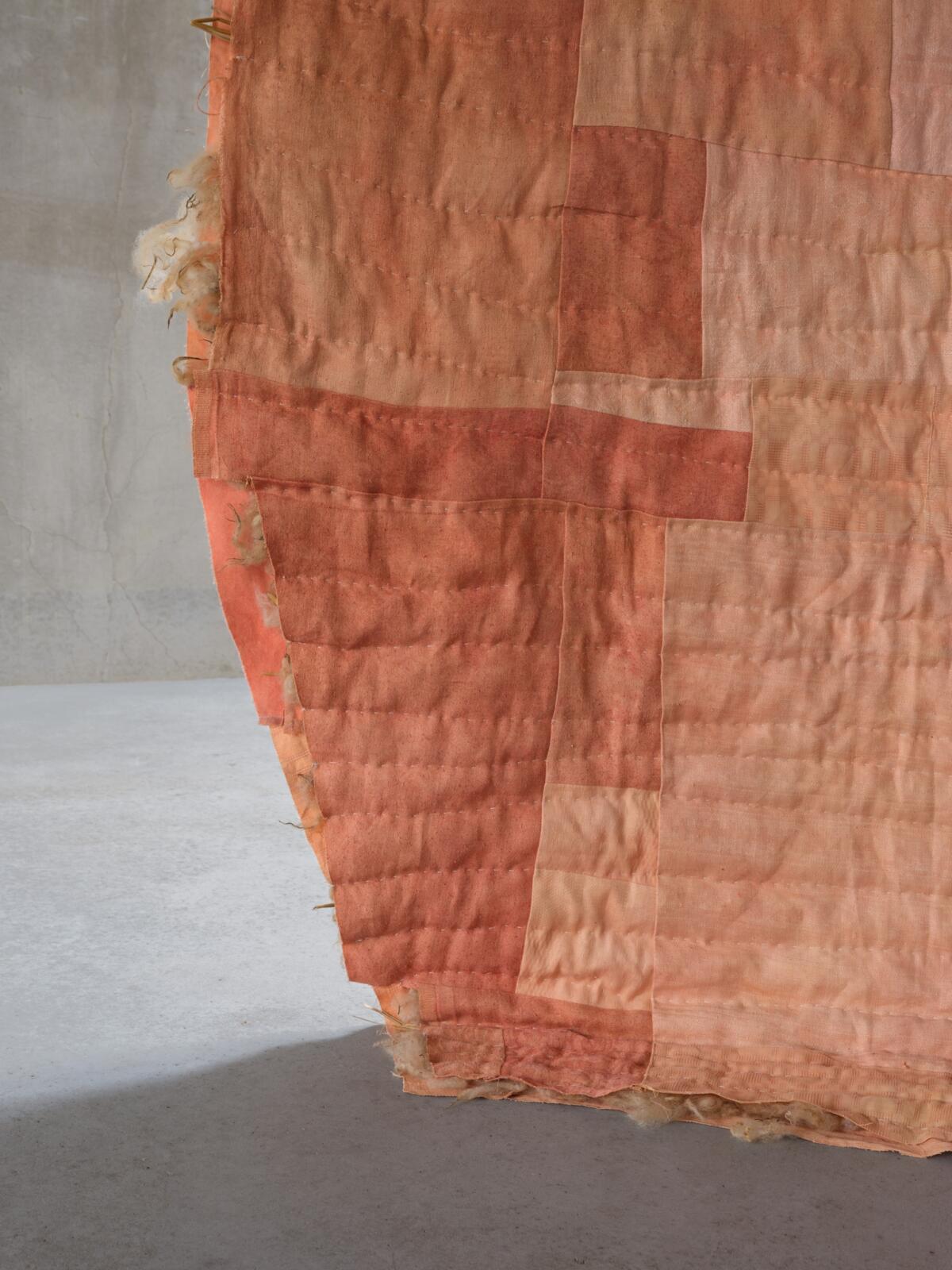

In the lead-up to the exhibition, Kosma published an open-call, announcing, “I’d like to call into being a choir that will sing ‘the afraid of all lands unite.’ I found a melody and with it a form: the fear is only the start.” Those who know Kosma’s recent music projects will recognize the resonance between the melody and the notes and tones employed in Catholic mass services. That mess—of Zamora-Turner’s British and South American ancestors, the queer community of Poland, as well as its Catholic traditions, and recent feminist resistance—is emblematic of the many transnational hybrids we encounter today in the globalized cultures of protest. Of the peaceful, emotional or even radical negotiation and sublimation of the status quo. Referring to the Polish context of recent protests, as well as resistance since the Russian invasion of Ukraine, Kosma continues, “to honor this origin story I’d like to call the choir BWŁKS.” Using the Polish letters unknown in other alphabets is a tongue twisting operation. It also recalls Anzaldúa’s linguistic and cultural mestisaje, as in her suggestion in Borderlands/La Frontera (1987) that “to be on the borderlands means to put chili in the borscht.” As Anzaldúa wrote of the violence and abuse that belongs to the frontera—a reminder of the painful dimension of Chicana experience and culture—just as the BWKŁS choir taps into difficult emotion and experience while calling the afraid to unite.
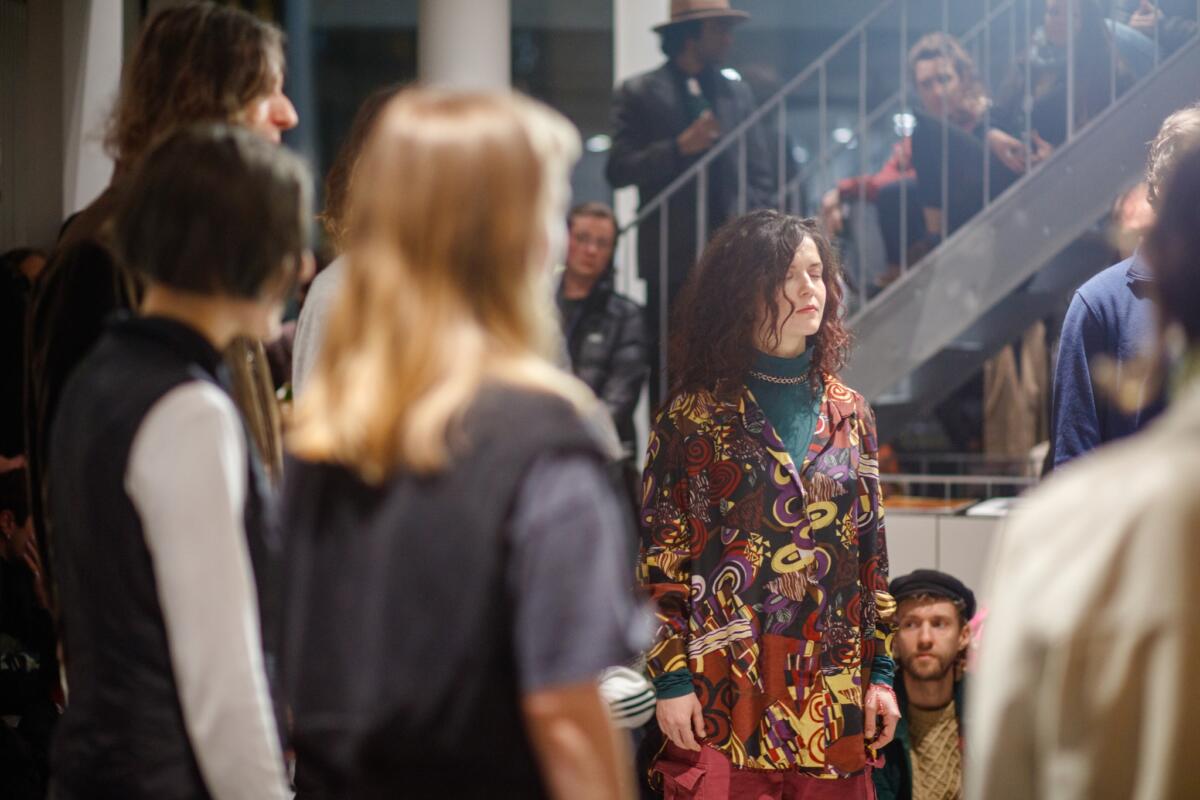

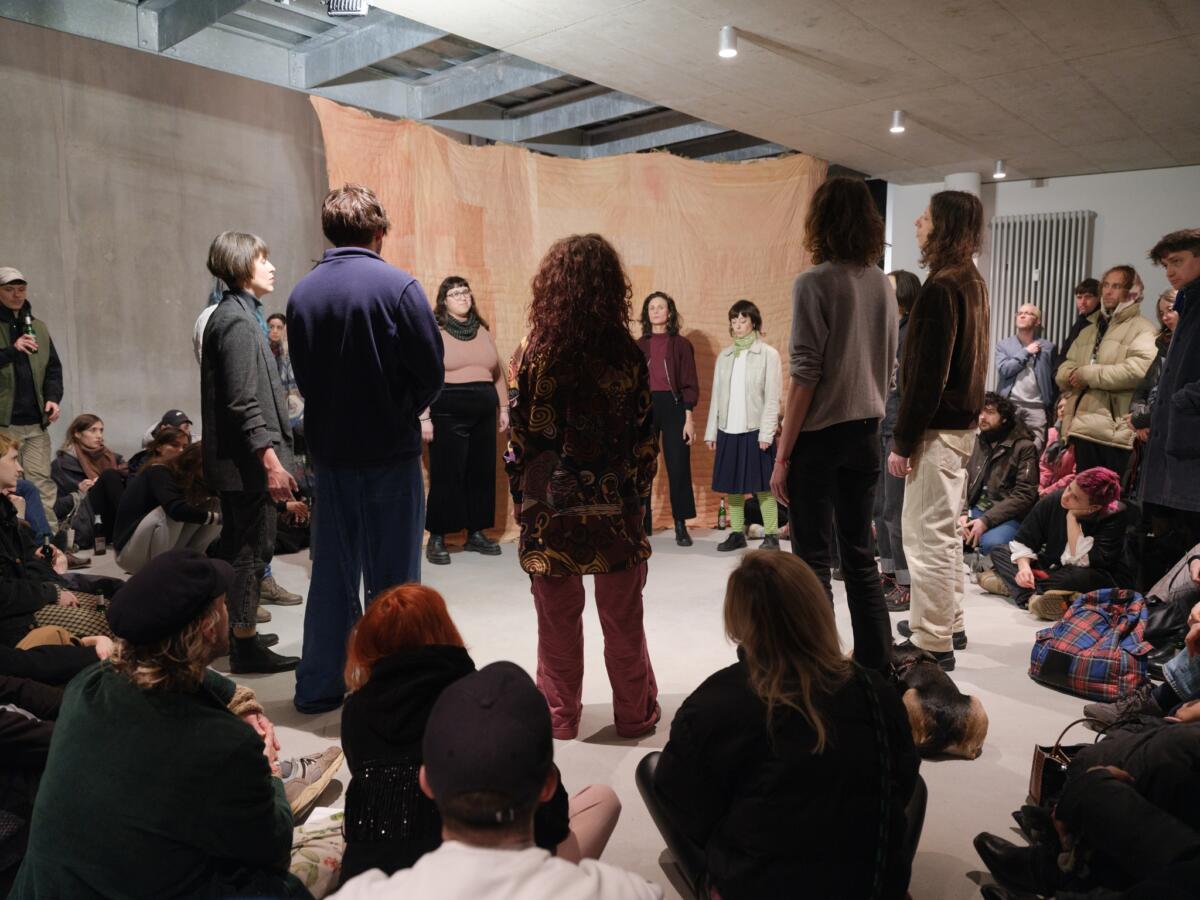
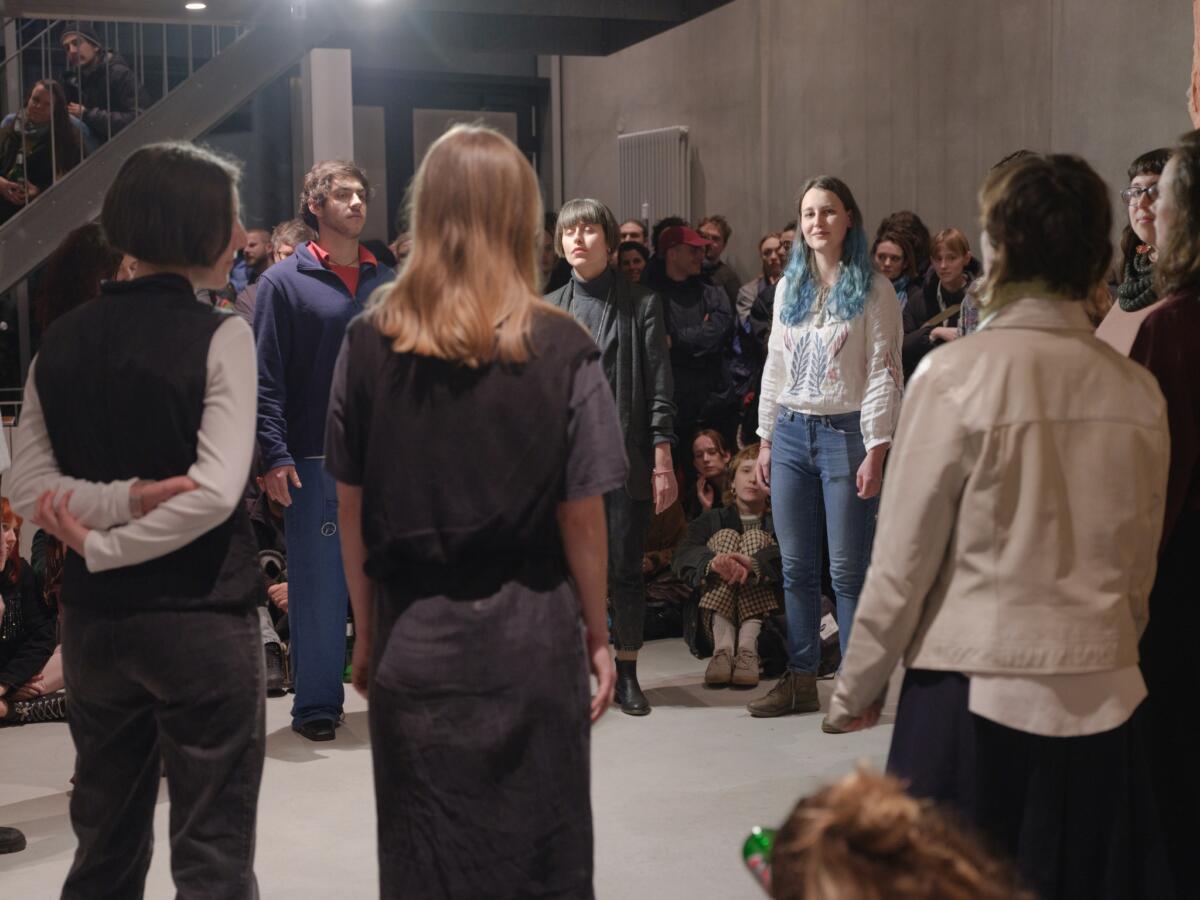
The ritual of singing together and quilting as the ancestors did, as well as the moving images of queer production, are all interconnected, building up as a collective song for all those living in fear. This is an embodied community for all the queers and women to join in resistance. And a home for those whose homelessness was not their choice. As neoliberal capitalism happily endorses the de facto enforced nomadism that is increasingly commonplace, this exhibition offers a version of Walter Benjamin’s project of weak messianism which celebrates, acts upon and thus strengthens the transgenerational solidarity of the oppressed. In Łukaszewska’s film, lines from the BWKŁS choir’s song are sonically reimagined and appear to be spoken by humanoid projections. As these future beings pick up the choir’s frequencies, the video optimistically implies that we have a future and will not be forgotten. These bold suggestions build a version of weak universalism in the world of dispersion and fragmentation. They offer some comfort in times of war, climate catastrophe and global attack on women and LGBTQI+ rights. Whether or not one shares such optimism, however modest, all are still welcomed by the embrace of this collaborative project.

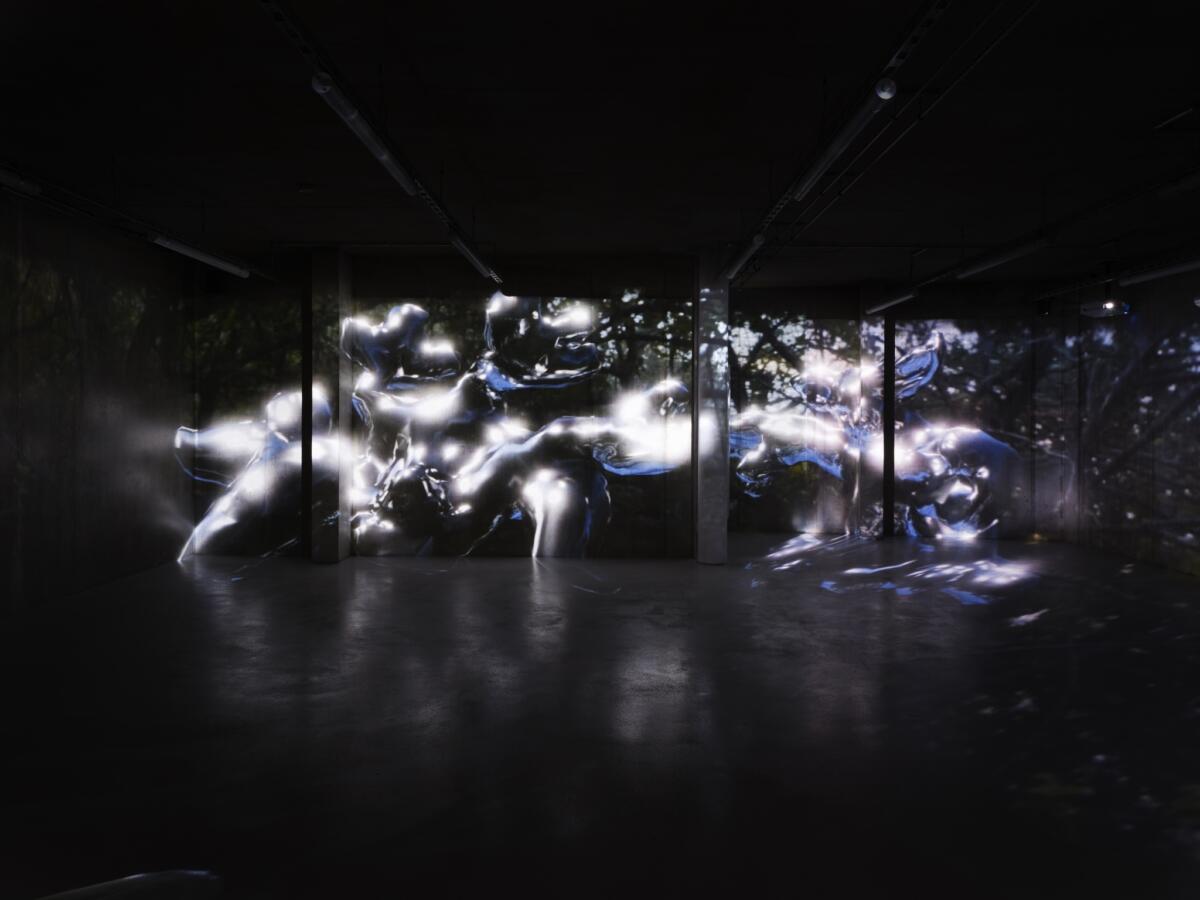
References:
Gloria Anzaldúa, Borderlands-La Frontera. The New Mestiza. Aunt Lute Books, San Francisco, 1987.
Walter Benjamin, Theses on History, in: W. Benjamin . Illuminations. Essays and Reflections. Translated by Harry Zorn. Schocken Books, New York, 1967.
Cherrie Moraga, Loving in the War Years, South End Press, Boston, 1983.
Imprint
| Artist | Wojciech Kosma, Mania Łukaszewska, Jess Zamora-Turner, The BWKŁS Choir |
| Exhibition | Bojące wszystkich krajów łączmy się: The afraid of all lands unite. |
| Place / venue | Molitor Gallery Berlin |
| Dates | 3 March — 7 April 2023 |
| Index | Agnieszka Bulacik Agnieszka Kucharska Anastasiia Yezhyzhanska Bobo Eli Vardzhiyska Ewa Majewska Ewa Sadowska Ewalina Węgiel Galerie Molitor Jessica Zamora-Turner Katharine Halls Mania Łukaszewska Marcin Kosakowski Marcioz Marjorie Brunet Plaza Marta Ruszkowska Ola Zielińska Pablo Horn The BWKŁS Choir Velizara Karaivanova Vilma Braun Wojciech Kosma Yuki Nishimura |
